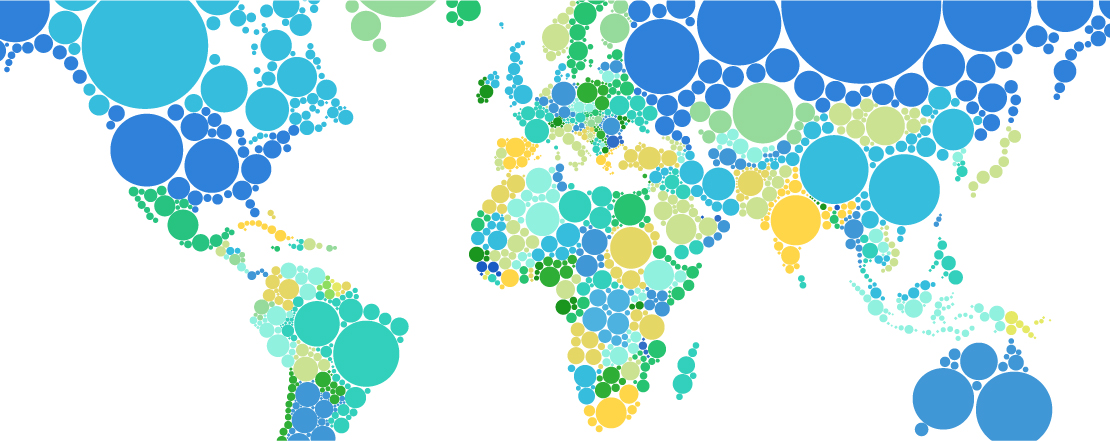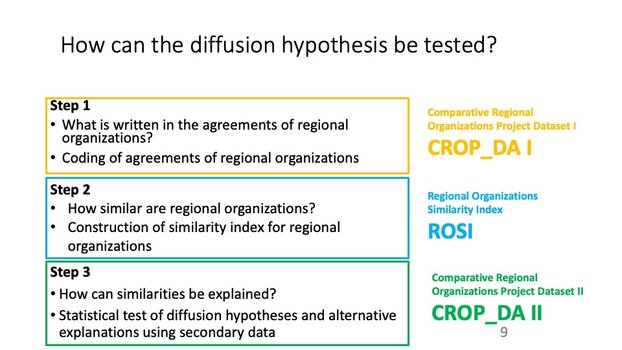CROP Research
We survey regional organizations.

CROP is motivated by two observations, which raise a set of questions regarding of why regional organizations are created and how they are designed. First, we notice a continuous and - from the 1990s onwards - steep increase in the number of regional organizations in all world regions, as depicted in the right picture. From a mere six regional organizations in existence in 1946, the number has increased to 75 in 2019. Second, there is anecdotal evidence about some organizations changing their outlook in ways that resemble other organizations. The African Union appears a case in point, as indicated by this Newsweek cover of 1996 in the left picture.
These two observations have stirred a lively scientific debate on how regional organizations are designed. Some argue that the European Union (EU) serves as an important reference model making other organizations eager to copy it. Others argue that member states have their own rationals in designing ROs, making copying unlikely and even irrational. More generally, if institutional copying were the case, we would have to rethink theoretically what drives the institutional design of international institutions.
This raises a set of more fundamental questions of general relevance:
The problem is: we are unable to determine the similarity among international institutions because existing data gathering efforts on regional organizations usually focus on specific similarities like their formal-bureaucratic, ‘state-like’ characteristics, or on individual organs and rules, such as courts or parliaments. Simply put: We do not know how similar regional organizations are, because they have never been comprehensively surveyed.
This is what we do. We have set up a dataset of the institutional design characteristics of all 75 regional organizations (1945-2019). To be included in the dataset, ROs had to meet three criteria:
They consist of at least two contiguous states who define their membership therein on a regional basis (e.g. Southern Africa, Caribbean);
They are multipurpose in scope, rather than coalescing around a single issue area (such as the Organization of Arab Petroleum Exporting Countries); and,
They are sufficiently institutionalized to require regular meetings and rules governing decision making.
CROP systematically evaluates institutional design features on three levels:
Norms and principles that member states commit to
Organs that member states set up
Policy competences that member states establish
As a result, ROs can be compared in a number of dimensions. They can share specific organs of decision-making, such as a council of ministers or a court. They can share similar principles and values, and they can share policy competences that have been delegated to them.
In a next step, we combine CROP data with other data allowing us to explain which factors drive the similarity of institutional design. This is a long shot. In the meantime, we share our data to promote knowledge about regional organizations, one of the most important pillars of international order.

We define diffusion as a situation
of interdependent decision-making, where the decision of actor A alters the likelihood of actor B making a similar decision
in which the decision to adopt similar institutional designs is voluntary and not coordinated
in which specific diffusion mechanisms (competition, incentives, learning, social legitimation) determine which organizations become more similar over time

